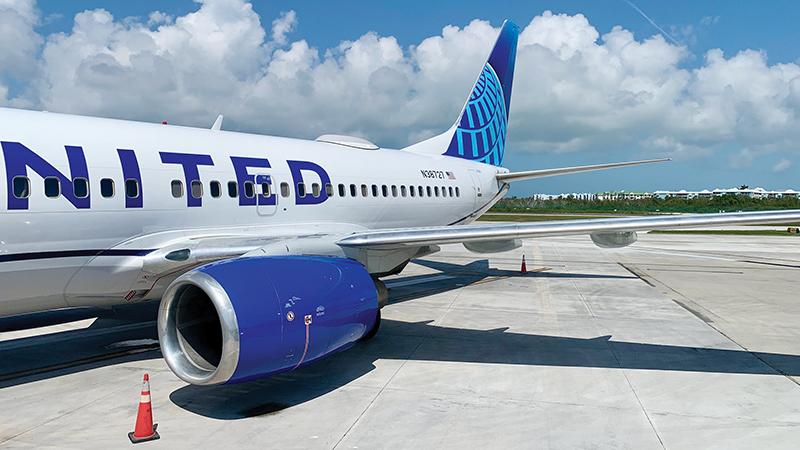
Credit: Sean Broderick/AW&ST
The FAA is evaluating risks posed by incorrectly assembled rudder parts that may be installed in hundreds of Boeing 737s after the NTSB issued what it termed “urgent” recommendations spotlighting the problem. At issue are 353 SVO-730 rudder rollout guidance actuators supplied by Collins Aerospace...
NTSB, FAA Spar Over 737 Rudder Part Problems is part of our Aviation Week & Space Technology - Inside MRO and AWIN subscriptions.
Subscribe now to read this content, plus receive full coverage of what's next in technology from the experts trusted by the commercial aircraft MRO community.
Already a subscriber to AWST or an AWIN customer? Log in with your existing email and password.





